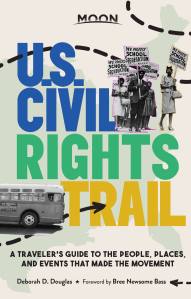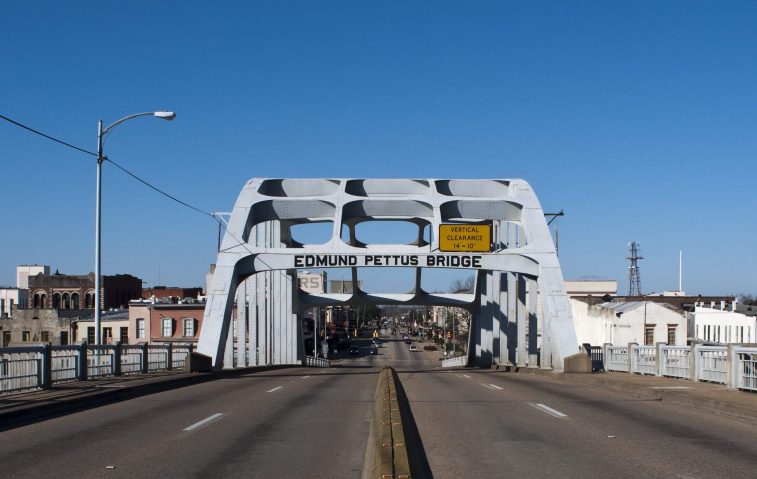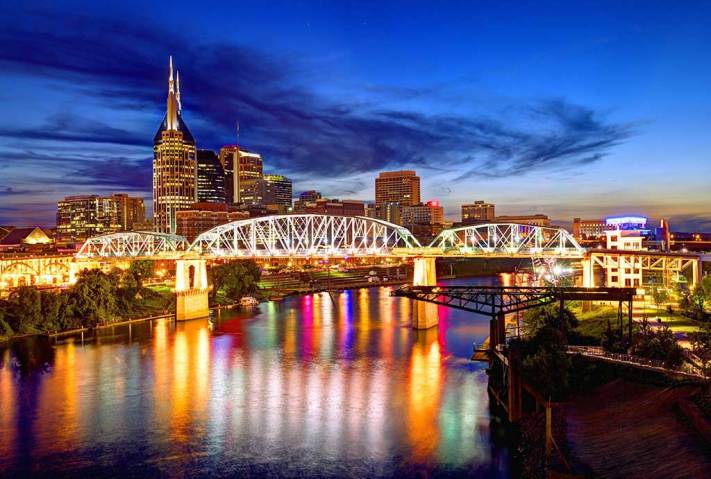What is the U.S. Civil Rights Trail?
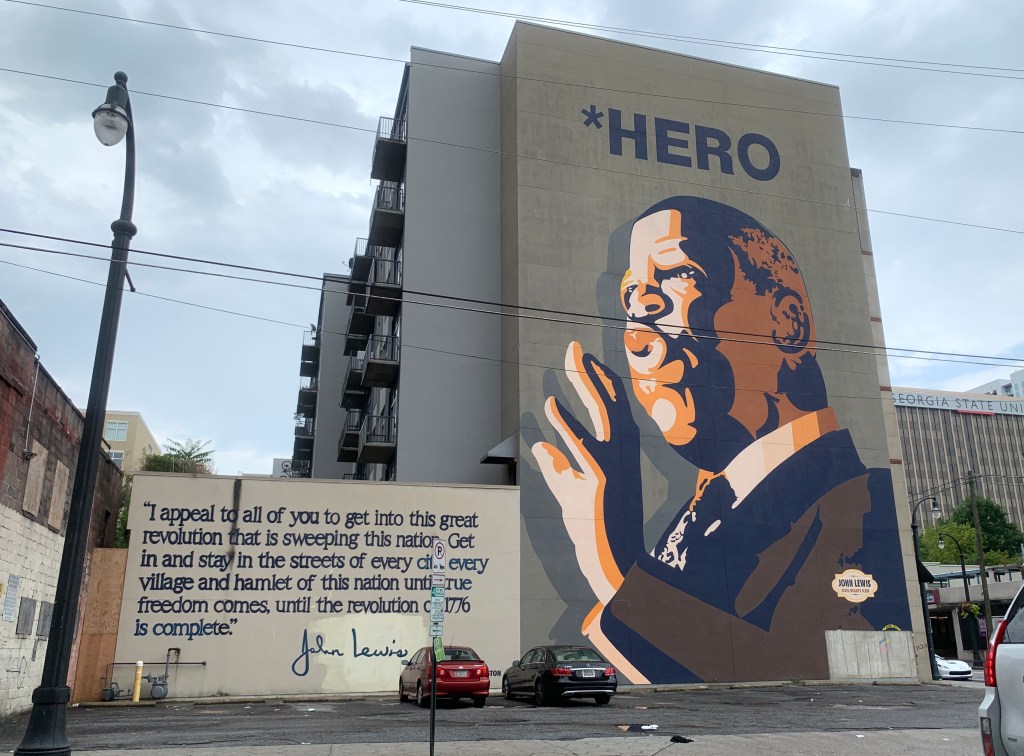
The U.S. Civil Rights Trail follows the twists and turns of a momentous era in U.S. history: the civil rights movement.
The journey starts in Charleston—the main port of entry for many enslaved Africans—then winds through Southern cities and towns where demonstrators waged marches, boycotts, and Freedom Rides. At risk of being locked up (they were), bitten by trained dogs (that happened), or shot and killed (that happened, too), these courageous activists and workaday people of all ages caused our nation to fundamentally shift course and begin to truly embrace its stated ideals.
For travelers, the trail offers a wealth of opportunities to learn, contemplate, and grow. Stand in the footsteps of heroes at churches, courthouses, and sit-in sites. Expand your knowledge at museums and pay respect to slain martyrs at moving memorials. As you encounter unsung heroes like Pauli Murray, a queer Black woman who was an early challenger of “separate but equal,” you’ll see: There is so much more to this story than what is taught in school.
Any journey on the U.S. Civil Rights Trail will surely unleash a range of emotions, from anger to awe over the ability of human will to triumph over adversity. There’s never been a more auspicious time to visit. The movement has served as inspiration and as a blueprint for action for many modern movements: #BlackLivesMatter, the fight for LGBTQ rights, and the March for Our Lives to end gun violence, to name a few.
The journey ends in Washington DC, where some of the demands raised by movement leaders eventually found a hearing. But of course, it doesn’t really end there. African Americans have always resisted oppression: The movement of the 1950s and ’60s is just a part of a long through line that continues to this day. Traveling the U.S. Civil Rights Trail will challenge you to ask yourself: What parts of “America” as presented in our founding documents can be made real? Hopefully you’ll agree that the answer is all of it.
What are the cities and towns along the Civil Rights Trail?
Charleston
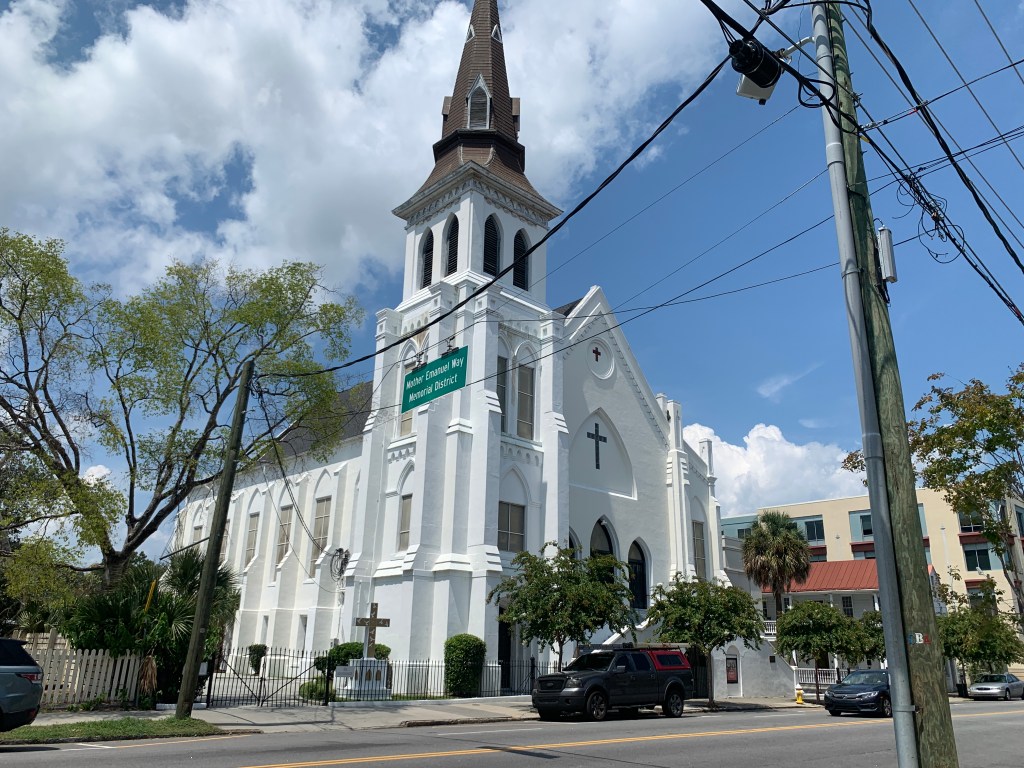
Charleston’s harbor—the main point of entry for many enslaved Africans—can be considered the starting place for the civil rights struggle. The sights here, including the Old Slave Mart Museum (a former market where the enslaved were bought and sold), and Emanuel African Methodist Episcopal Church (aka Mother Emanuel), where nine parishioners were murdered by a White supremacist in 2015, can be a lot to endure. Excellent food and tours led by Gullah/Geechee guides offer balance.
Atlanta
Atlanta is where Martin Luther King Jr. was born, and where his homegoing was held after his assassination. It’s also home to the Southern Christian Leadership Conference (SCLC), an important civil rights organization. Visitors to the city can walk in King’s footsteps, visiting the Martin Luther King Jr. Birth Home as well as Ebenezer Baptist Church, where King was ordained at the age of 19, and where he was laid to rest in 1963. Still open for business is Busy Bee Café, where King liked to eat. Modern Atlanta is a diverse and thriving place that’s open and accepting.
Selma
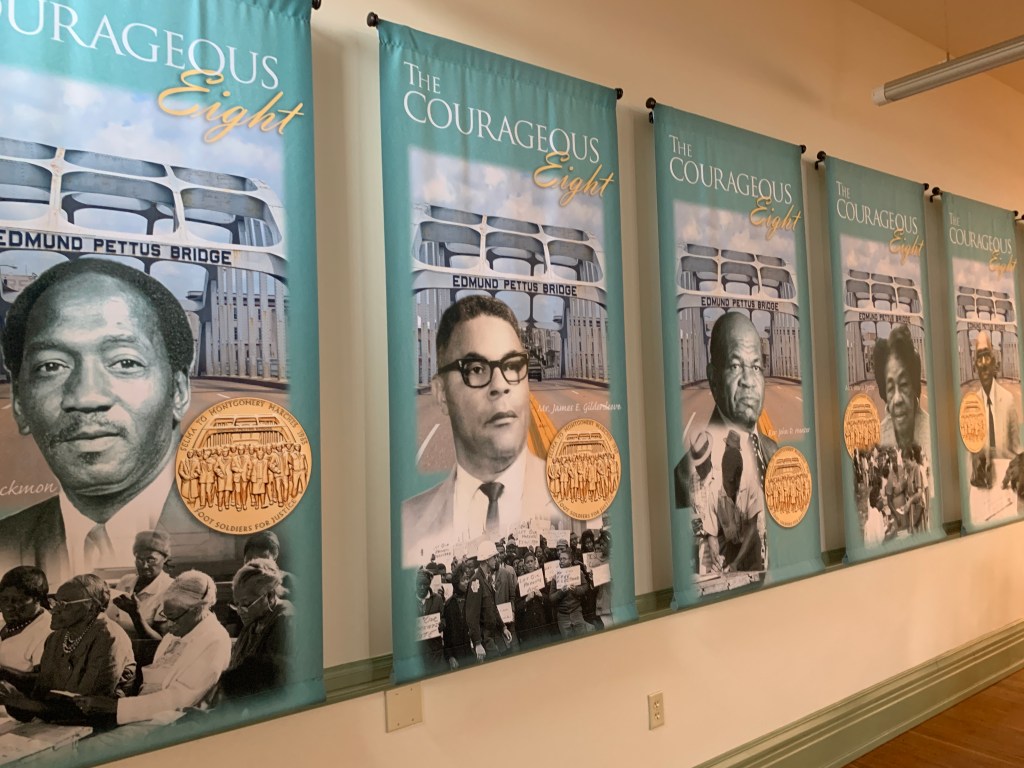
Small-town Selma, Alabama, was a hotbed of voting rights activity during (and even before) the movement, culminating in a triumphant march toward the state capitol of Montgomery in 1965. Visitors can make an appointment to see Brown Chapel A.M.E. Church, where important marches departed, and walk across the Edmund Pettus Bridge, where marchers were met with violence on Bloody Sunday. It’s also possible (and worthwhile) to drive along the march route to Montgomery, making a stop at the Lowndes Interpretive Center along the way.
Montgomery
Alabama’s state capitol was the site of a yearlong bus boycott, instigated when Rosa Parks famously refused to relinquish her bus seat to a White passenger in 1955. It’s also where King rose to prominence as the pastor of Dexter Avenue Baptist Church, and where a crowd 25,000 gathered after the Selma to Montgomery march to demand voting rights at the state capitol building. Today, the city’s museums include the Rosa Parks Museum, the Freedom Rides Museum, and The Legacy Museum, which draws an irrefutable through-line from enslavement to mass incarceration. It’s a transformative place, as is the National Memorial for Peace and Justice that accompanies it—it’s the first-ever memorial to victims of lynching.
Birmingham
Birmingham, Alabama, saw so much violence before and during the civil rights movement that the city earned itself a nickname: Bombingham. The city was the site of an intense, multifaceted campaign against segregation in 1963, known as the Birmingham Campaign. This is also where four young girls perished in a KKK bombing of 16th Street Baptist Church. Today, visitors can contemplate commemorative public art in Kelly Ingram Park, a site of mass meetings and rallies during the Birmingham Campaign, and learn more about local action at the Birmingham Civil Rights Institute. Meanwhile, 16th Street Baptist Church still stands, and heretell, parishioners are still welcoming.
Jackson, Mississippi
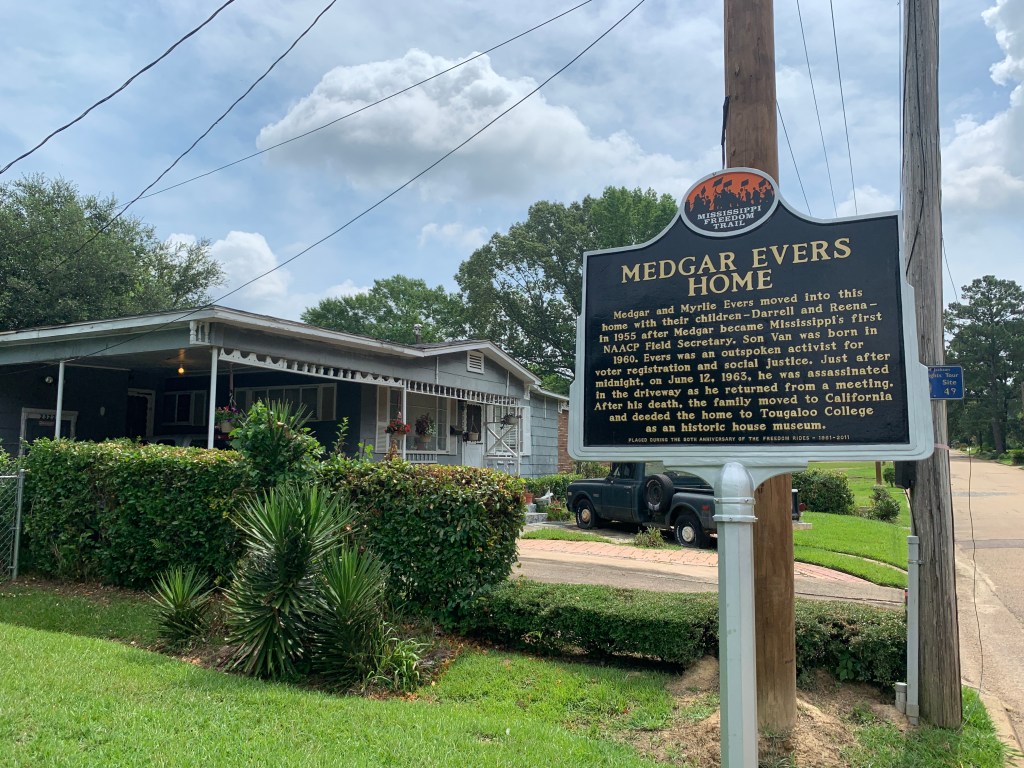
Mississippi’s state capitol was home to Medgar Evers, an early martyr in the civil rights movement. Travelers can visit the Medgar Evers Home Museum, where Evers once lived and where he was assassinated in 1963. The Mississippi Civil Rights Museum, which opened in 2017, is another of Jackson’s must-sees, with interactive displays that bring the movement to life. Jackson was also the destination of James Meredith’s March Against Fear in 1966. Marchers stopped in Canton, about 30 miles north of Jackson, and you can too: Here, The Congress of Racial Equality (CORE) Freedom House, which served as a refuge for marchers, has been transformed into the Canton Freedom House Civil Rights Museum, a tiny trove of civil rights artifacts, photographs, and memorabilia
The Delta
As the site of 14-year-old Emmett Till’s brutal murder, which, when publicized, incited outrage, it could be argued that the Mississippi Delta is where the civil rights movement took flight. Travelers today can pay respects to Till at Bryant’s Grocery & Meat Market, where a false accusation against the child led to his murder. A pair of museums dedicated to Till provides context. The Delta is also the birthplace of the blues, which visitors can experience through museums, including the Delta Blues Museum and the B. B. King Museum & Delta Interpretive Center, and blues clubs.
Little Rock
Little Rock is famous as the site where nine Black high school students faced down hateful segregationists to integrate the local all-White high school. Still a functioning school, Little Rock Central High School is also a national historic site that can be visited on a tour. Elsewhere in Little Rock, Mosaic Templars Cultural Center tells the story of the city’s West 9th Street Historic District, a former hub of Black-owned businesses.
Memphis
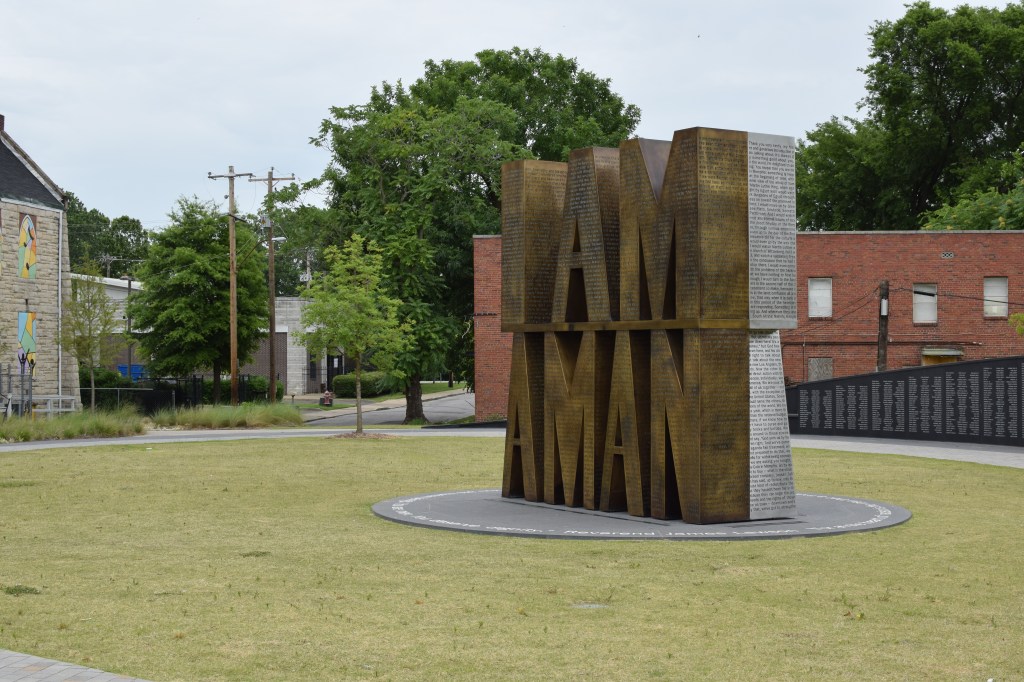
In 1968, King traveled to Memphis to support striking sanitation workers, who united under the powerful slogan, “I Am A Man.” Pay tribute to these workers at Clayborn Temple, where they organized daily marches, and the adjacent I Am A Man Plaza. It was during this trip to Memphis that King’s assassination took place at the Lorraine Motel, which has been transformed into the National Civil Rights Museum at the Lorraine Motel, a can’t-miss sight.
Today, Memphis is a majority-Black city, and there is fun to be had here, whether on Beale Street or at the Stax Museum of American Soul Music, which celebrates Black musical forms.
Nashville
Nashville is notable for the Nashville Student Movement, which coordinated a series of sit-ins in 1960 that led to Nashville being the first city in America to desegregate all public facilities. Learn about the student movement at the Civil Rights Room at the Nashville Public Library and pay tribute to local leaders like Diane Nash at the Witness Walls at the Davidson County Courthouse. Travelers can also enjoy a meal at the historic Woolworth on Fifth (a former sit-in site)—a delightfully transgressive experience.
Greensboro, Raleigh, and Durham
In 1960, a sit-in at Greensboro’s segregated Woolworth’s lunch counter set off a movement: Scores of nonviolent demonstrations across the South followed. The Woolworth’s building, including a section of the original lunch counter, has been reimagined as the International Civil Rights Center & Museum. Other notable sights in this area include a collection of murals in Durham (including a set dedicated to local activist Pauli Murray), and the Dr. Martin Luther King Jr. Memorial Gardens in Raleigh, birthplace of the Student Nonviolent Coordinating Committee (SNCC).
Richmond and Farmville
Way back in 1951, 16-year-old Black student Barbara Johns orchestrated a walkout at her crowded, run-down high school to protest for a better campus. Johns’s concerns reached the NAACP, and a subsequent lawsuit became part of the landmark Supreme Court case Brown v. Board of Education. Today, it’s possible to visit the high school, now the Robert Russa Moton Museum, including the auditorium in which Johns implored her fellow classmates to walk out.
An hour away in Richmond, walk through the historic Black neighborhood of Jackson Ward, where the Maggie L. Walker Historic Site—former home of the first Black woman in the country to own a bank—is located.
Washington DC
Many pivotal events in civil rights history took place in our nation’s capital, including the 1963 March on Washington for Jobs and Freedom, during which King delivered his famous “I Have a Dream” speech from the steps of the Lincoln Memorial. Nearby, the Martin Luther King Jr. Memorial pays tribute to the civil rights martyr. Meanwhile, the landmark National Museum of African American History and Culture opened to great fanfare in 2016. More than a museum, according to inaugural director Lonnie G. Bunch III, it’s a pilgrimage home, to where it all began.
Feeling inspired? Start planning your journey today.
By clicking ‘Sign Up,’ I acknowledge that I have read and agree to Hachette Book Group’s Privacy Policy and Terms of Use
